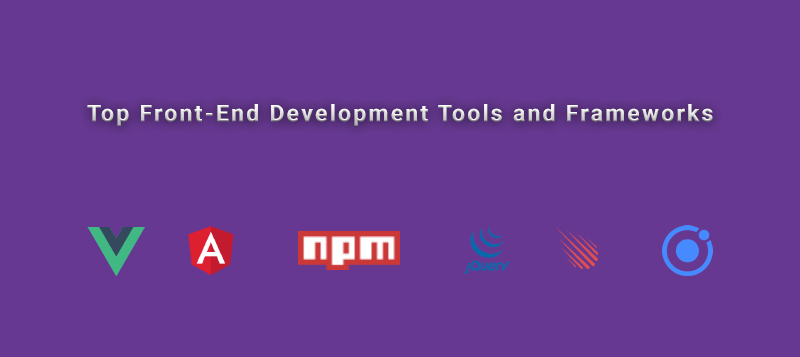For any business to succeed online, it requires a functional, professional, clean and attractive website that appeals to its clients and generates their interest. A bad website with an unappealing appearance that drives away business. It is important that the website’s layout and functionalities factor in the business purpose, brand and customer needs. The front end is one of the most vital contributors to this aspect.
This is why the tools that are used for front-end development must be chosen carefully.
In recent years, an entirely new generation of web development tools have been introduced and we have witnessed that these are replacing the existing traditional ones. Most of these tools have made a tremendous difference to the development cycle, helping save cost, time, and ensure scalability.
Starting from browser add-ons and plugins to processors that can help streamline your code, we now have a wide range of possibilities to create amazing web apps. With the number of web development tools hiking, it would sometimes get a little confusing when it comes to choosing the best one.
To make your job easier, we have created a list of some of the best front-end development tools to get you started.
Chrome Developer Tools
Chrome DevTools or Developer Tools comprises a set of web developer tools that have been built directly into the Chrome browser. With these tools, you can directly edit pages on the go, and detect and fix bugs instantly. This contributes to building great websites, faster.
You can use the DevTools to access and modify any page. You can also conduct a wide range of development testing in your browser, which ultimately helps to save a lot of the development time. The ‘device mode’ allows you to test the responsiveness of your website. You can debug your JavaScript in the ‘Sources panel’, using breakpoints. Any run-time performance issues are identified by ‘Timeline’.
Advantages of DevTools:
- Rapid debugging
- Easy to use
- Built into Chrome
- Free
- On-the-go style changes
Disadvantages of DevTools:
- Inaccurate for mobile testing
Vue.js
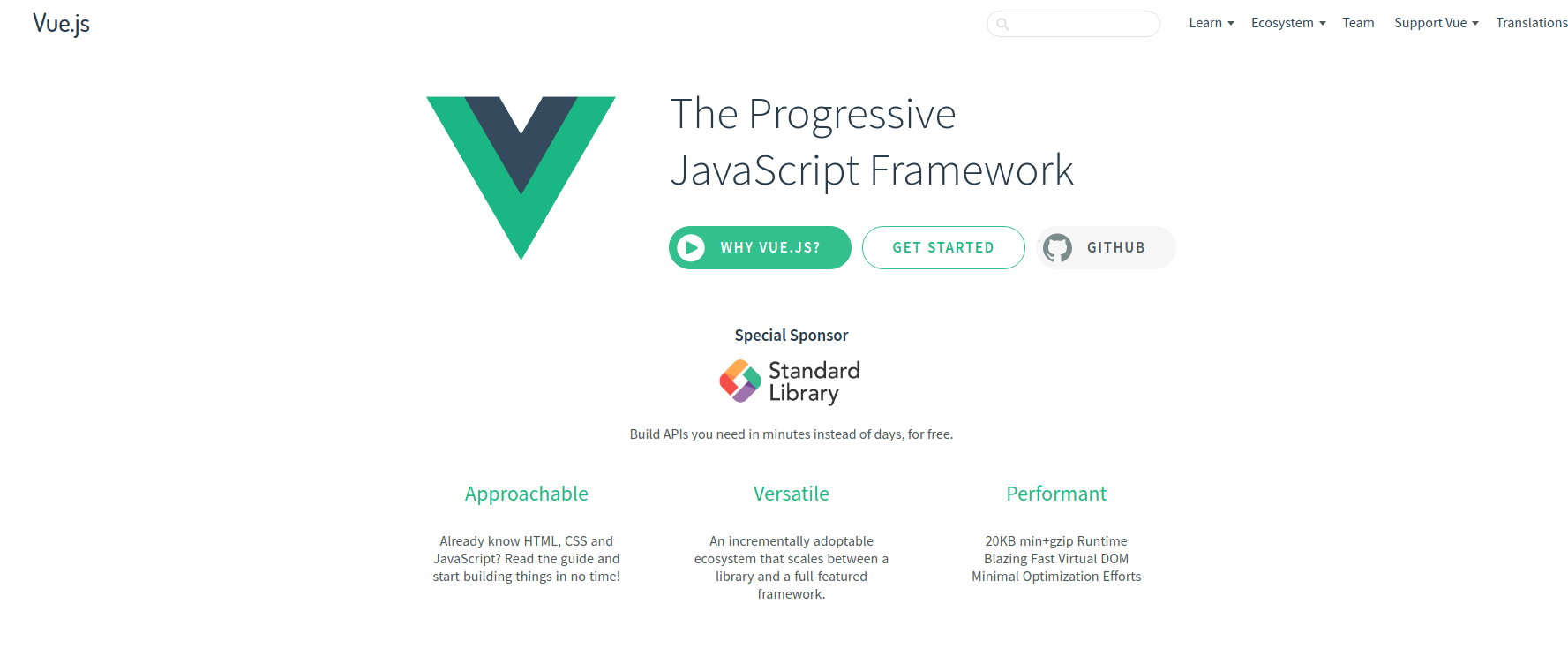
Vue is a progressive framework that is used for building user interfaces. Vue.js is a JavaScript library, which when combined with other tools becomes a framework. Ever since its launch in the year 2013, it has shown tremendous progress as it’s learning from the mistakes and successes of React and Angular. This has helped Vue to render highly adaptable user interfaces and sophisticated one-page applications.
Listed below are some of its advantages:
- Detailed documentation
- Lightweight (20Kb)
- Easy to learn and use
- Easily adaptable.
- Empowered HTML (Vue.js has characteristics similar to that of Angular.js, which makes it easier to optimize HTML blocks that handle the use of different components).
- Integration is easier.
- Scaling (Vue.js allows you to create reusable templates in no time).
Here are some of the disadvantages of Vue.js:
- Lack of resources.
- Risk of over adaptability.
Vue.js has 140,238 stars on GitHub. Use Vue.js to build APIs for free in no time.
Git Extensions
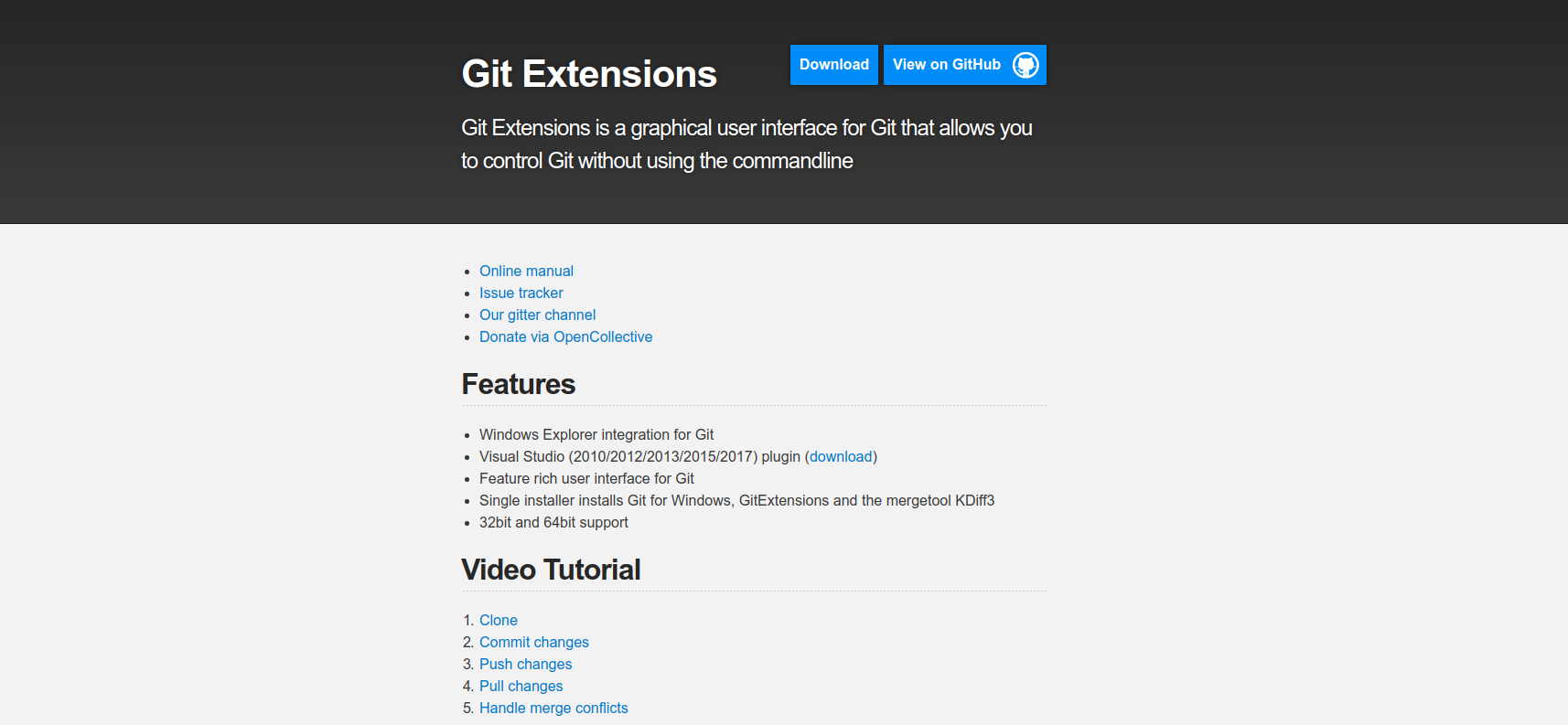
Git Extensions is a standalone UI tool that helps with managing the GIT repositories. This tool can also be used in integration with Windows Explorer and Microsoft Visual Studio (2015/2017/2019). These days, version control is mandatory for projects, regardless of their size.
This tool is a graphical user interface for Git, which not only gives you the power to control Git, without involving CLI. You can access the commit history in the form of a graph, view files’ history and use a rebase workflow.
Advantages of Git Extensions:
- Collaboration friendly
- Network performance is superior
- High availability
- Speed and efficiency is remarkable
Disadvantages of Git Extensions:
- Simple tasks cannot be accomplished without too many commands
- Version control tasks become complex as this burden is being pushed over to contributors as well (in the past, only maintainers were responsible for this, but now contributors are also equally responsible)
- Documentation might not be too easy for beginners to understand and comprehend
- The information model is complex
Angular
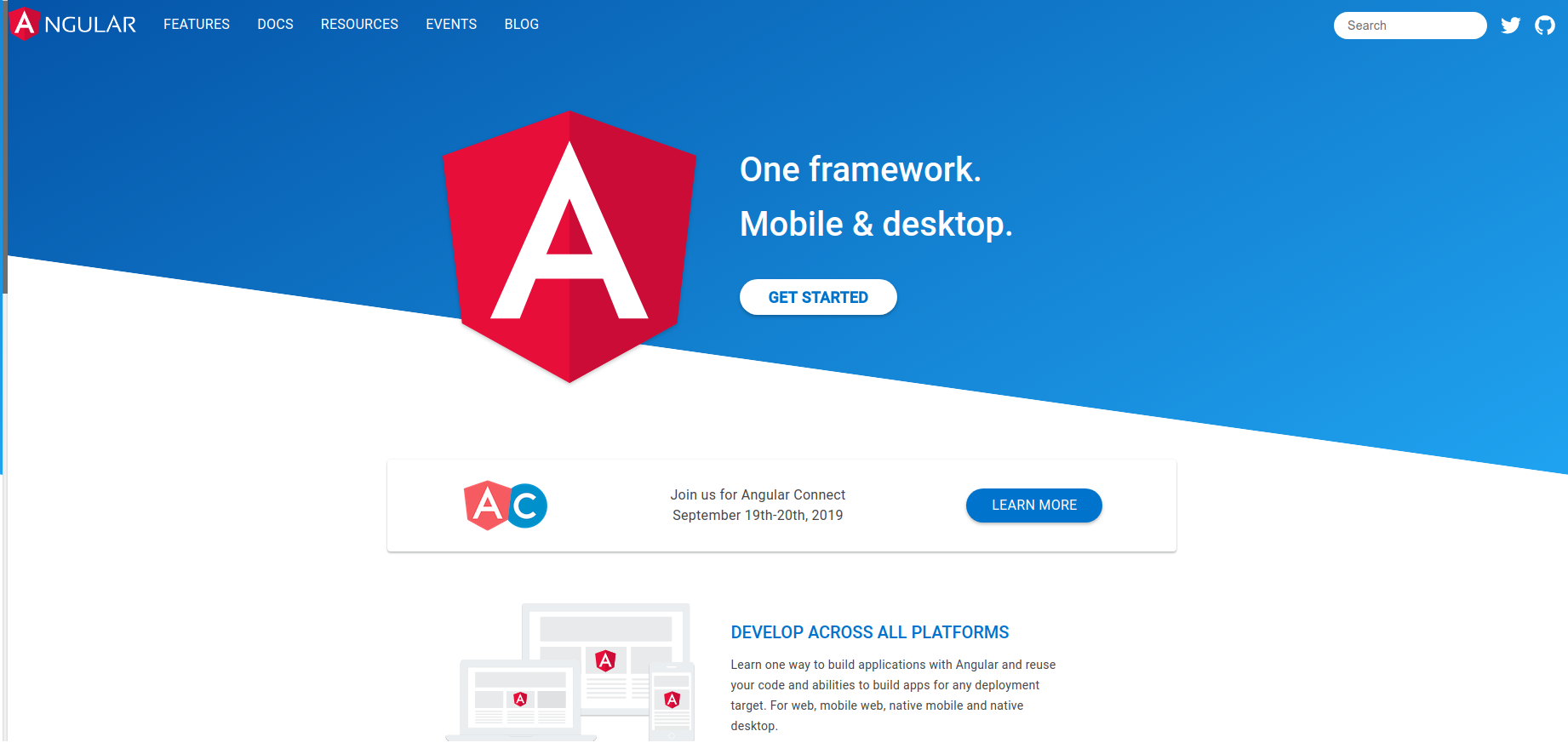
Angular is one of the best front-end frameworks. The release of Angular 9 is anticipated soon. Once you have mastered application building with Angular, you can reuse the code and abilities to build apps for any deployment target – for web, native mobile, mobile web, and native desktop.
AngularJS is widely used for building apps like Video Streaming apps, travel apps, e-commerce, user-generated content portals, weather apps, and so on.
Advantages of Angular:
- Two-way data binding (Angular offers easier and faster data binding, which doesn’t need developer intervention at all. Any changes made to the model can be instantly viewed in the view, and vice-versa.)
- Document-object-model (DOM) manipulation (since it implements the two-way data binding approach, the developer can save time and effort on coding, translating and updating the DOM elements.)
- Excellent server performance
- Rapid prototyping
- Implements the model-view-view-model architectural patterns
Disadvantages of Angular:
- Mandatory to have JavaScript support
- Inexperience with MVC could be a drawback.
- Dependency injections could be problematic for traditional developers.
- Difficulty in learning
With 59,426 stars on GitHub, Angular comes with wide community support.
Npm

The node package manager (NPM) is an open-source and cross-platform runtime environment, where you can develop server-side apps. This tool is efficient and lightweight and uses an event-driven input-output model. It is built on Chrome’s V8 JavaScript engine.
With Npm, discovering packages of reusable code and assembling them in several new ways are easier. Npm has 15,448 stars on GitHub.
Advantages:
- Only a single programming language is used
- It is faster
- Easy to learn
- Excellent solution for real-time web apps
- Deployment of web apps is easier
- Advantage of caching
Disadvantages:
- API interface is unstable
- Higher development time
- Not suitable for heavy computing apps
- Does not have a strong library support system
- Asynchronous programming model
Twitter Bootstrap
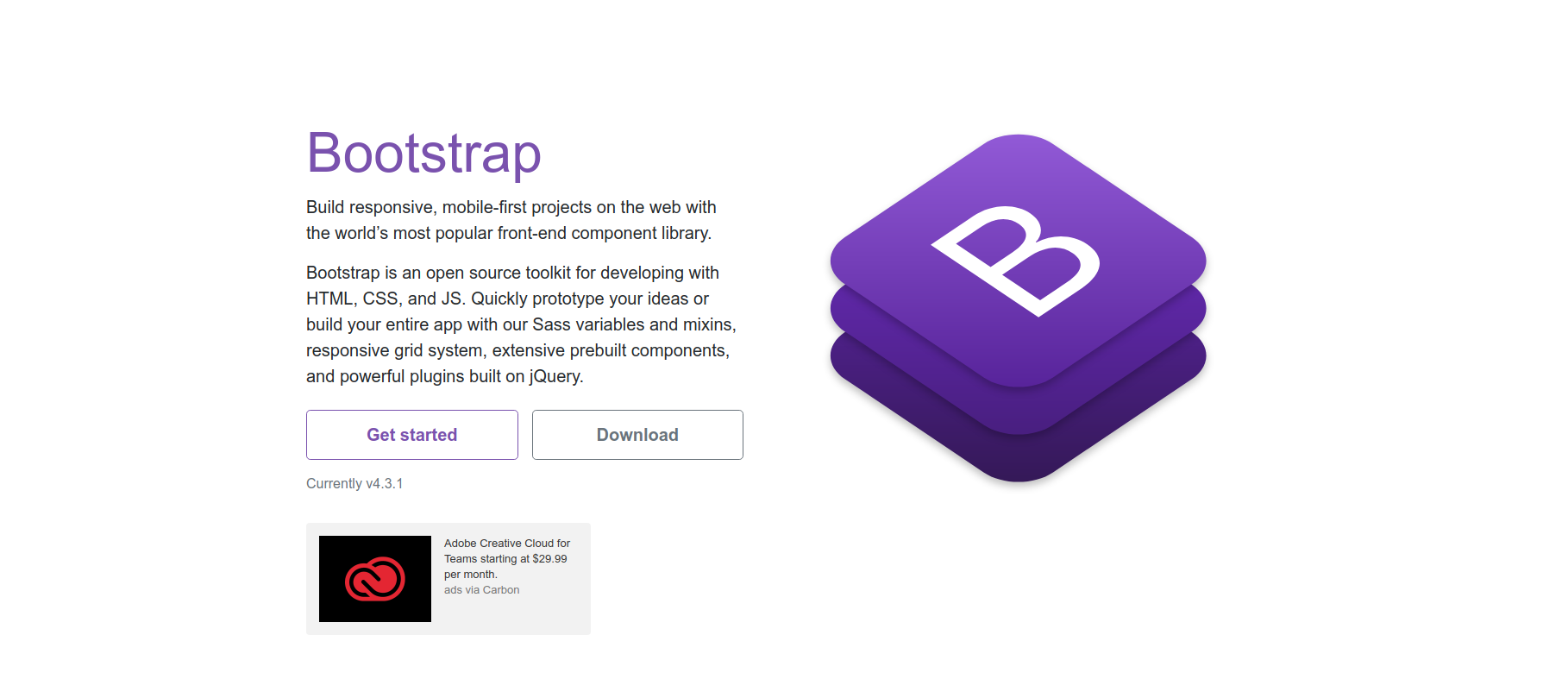
You can now build responsive and mobile-first projects for the web with this front-end framework from Twitter. This open-source toolkit is suitable for powering web projects and can be integrated with HTML, CSS, and JavaScript.
Advantages of Bootstrap:
- Lesser cross-browser errors
- This framework is consistent and supports most major browsers
- Easily customizable
- Lightweight
- Well-documented
- Huge community support
- Free and premium professional templates
- Grid system
Disadvantages of Bootstrap
- It might require a lot of style overriding or rewriting files, which is time-consuming
- All websites developed using Bootstrap look similar
- Non-compliant HTML
jQuery

jQuery is a fast JavaScript library and offers a wide array of features. It helps to make things, such as HTML document traversal and manipulation, animation, event handling, and Ajax simpler, along with an API, which can be integrated with multiple browsers.
Advantages:
- Lightweight
- Fast
- Easy to learn
- Adaptable
- Open-source library
- Extendable and reusable plugins
- DOM traversal manipulation
Disadvantages:
- Limited functionality
Foundation

Foundation comprises a set of responsive front-end frameworks, which make it easier to design amazing responsive websites, apps, and emails. This framework is semantic, adaptable, readable, and easily customizable.
Advantages of Foundation:
- Lightweight
- Cleanest markup
- Easily adaptable
- Semantic
- Customizable
- Professional
- Mobile-ready
- Responsive
- Grid system
Disadvantages of Foundation:
- Though it offers an excellent grid system, a great deal of customization would need to fine tune your project
- For a novice developer, modifying codes offered by Foundation might not be an easy job
Meteor

This is a full-stack JavaScript framework. It is one of the best front-end development tools as it offers a wide range of libraries and packages that makes development easier and faster. It has got 39, 265 stars on GitHub.
Advantages:
- Easier and faster development of apps
- Several in-built features, containing front-end libraries and NODE js-based server
- Comes with live reloading features, which makes it possible to reload only the required DOM elements
- Real-time web development
- Wide community support
- Easy to learn
- The framework is easy to set up
- Development and testing of lean products is easier
- Project scalability
Disadvantages:
- Does not support server-side rendering (SSR)
- Data integrity problems
- Absence of a native widget library is a drawback
- Lacks in-built support for progressive web applications (PWAs)
Ionic
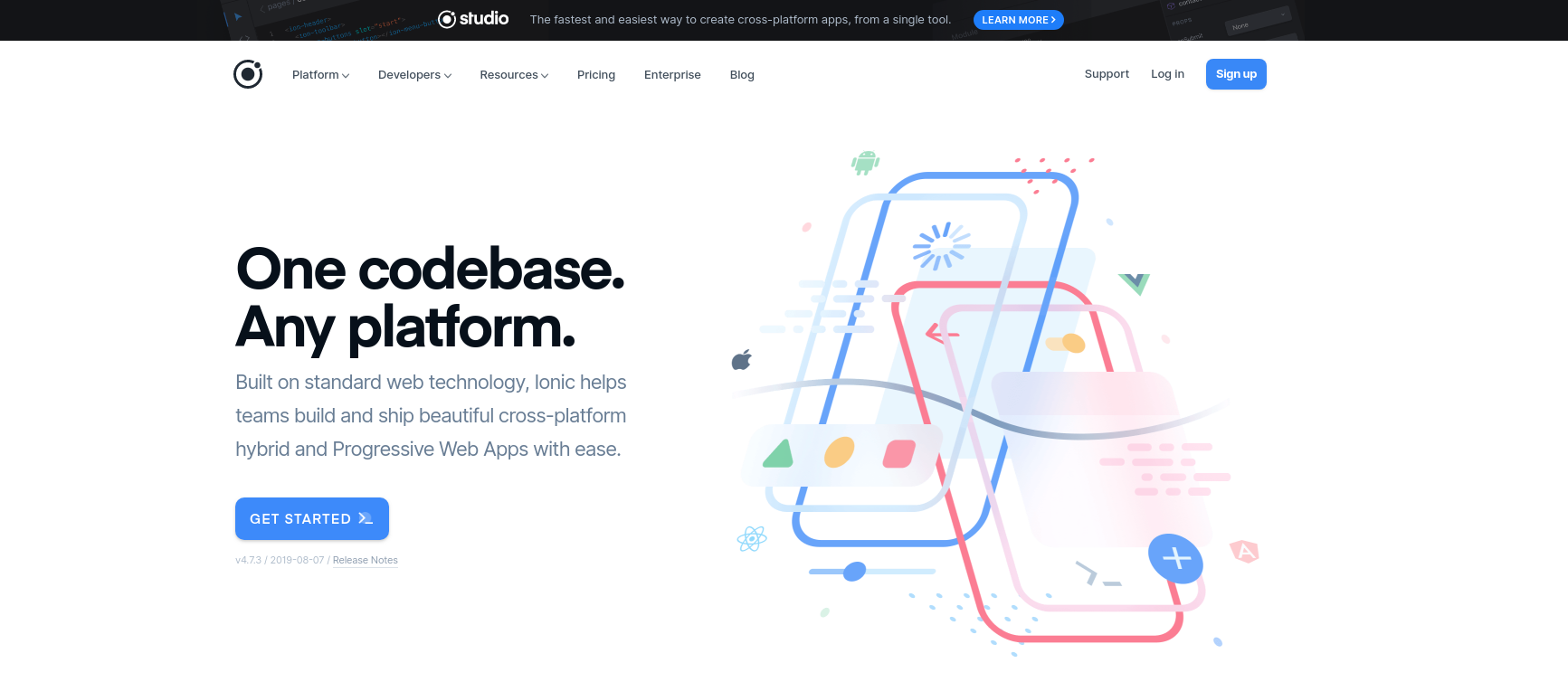
The Ionic framework helps in creating highly interactive, cross-platform mobile apps, which can be deployed across Android, iOS and Windows devices. These apps include exhaustive gestures, native functionalities, and customizable tools, which help in enhancing user-friendliness. Ionic would be an excellent choice when creating basic native functionalities within an app to run across multiple devices and/or operating systems.
Advantages of the Ionic framework:
- Open-source and responsive
- Free
- Supports HTML5, CSS and JavaScript
- Easy to learn
- Well-documented
- Rapid development
- Develop an app once – and deploy it across iOS, Android and Windows devices
- Coded in Angular
- High availability of plugins
Disadvantages of the Ionic framework:
- In-app performance might not be as swift as in apps developed natively for each device.
- Security might be a concern.
- Limited native functionality
- Building in-app navigation could be complex, as the UI-router is tricky
- Early adopter risk
- Developers should need to be proficient in skills, such as Angular
Conclusion
Thanks to the ever-changing web technologies, a large number of new tools are launched constantly. The above list contains some of the best front-end development tools which meet the purpose of most modern-day web apps.
